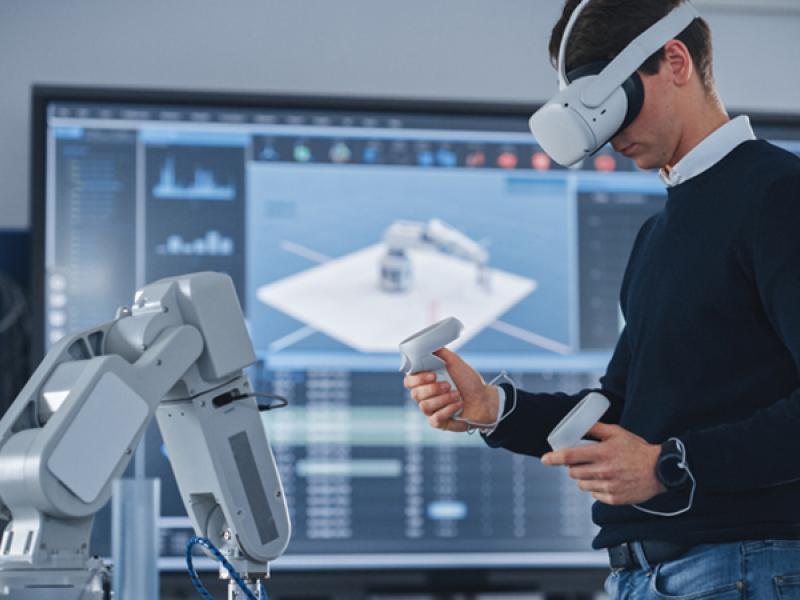BY CLAIRE PARKER
A major aspect of the University of Auckland engineering degree is the Systems Project. This takes place for all specialisations in both the third and fourth years. As I am in my third year, I took part in this project for the first time. In third year the project involves working in teams of 15-20 people with a mix of specialisations and takes place over 48 hours. This is seen as practice for the fourth year systems project which takes place over an entire week with groups of up to 30 people. During the systems project lectures are cancelled and teams are given a problem to solve. Using a systems approach, each team delivers a strategic report and an infographic to summarise our conclusions.
This year the focus of the project was if the Port of Auckland should be relocated and if so, where to. Major reasons for relocating the Auckland port include the increasing levels of congestion in Auckland City, alternate uses for the valuable real estate the port sits on and lack of space for expansion. The main options we were instructed to consider were leaving the port where it is and moving the Port of Auckland to the Port of Whangarei, Port of Tauranga or both. We were also encouraged to consider an alternate option, for which our team looked at building a new port in Manukau. A popular option for other groups was Thames due to its potential for expansion.
In order to come to a decision we followed the systems approach to solving problems. This started with a stakeholder analysis, where the most important and influential stakeholders were identified. Our team’s main stakeholders for this project where found to be the Government, Auckland Council, Tauranga Council, Whangarei District Council, local iwi, NZTA and Kiwi Rail. The requirements for a successful outcome of the project were then considered, including congestion control, sustainability and cost. Using this information each of the options was discussed and a chosen option was found. This lead to a variant analysis which specified the details of the chosen option, a cost benefit analysis and an overall best fit solution. The risks, opportunities, safety and expected outcomes were then looked at to confirm that the solution was the best fit.
The best fit solution we came to was a 30-year plan made up of three phases.
Phase one focuses on improving the efficiency of the current port through automation, utilising the existing storage both on and off site and by developing roads in Grafton to ease congestion. The next phase looks at improving infrastructure between Whangarei and Tauranga. This includes road developments between these two cities and a rail line between Whangarei and Auckland.
The third stage involves expanding and optimising the Port of Whangarei and Northport, which would benefit from the development of infrastructure in phase two.
This three phase plan is outlined in our infographic. The benefit of this strategy is that it helps to improve congestion in Auckland and the wider area, while ensuring that the Whangarei Port is capable of handling increasing demand.
This project was very useful as it provides a situation similar to a work environment. This is because we were working in a large team where it is important to assign roles, specifically leadership positions. It is also the first time that many students are put in a position where they must work under a tight time constraint with teams of this size.






